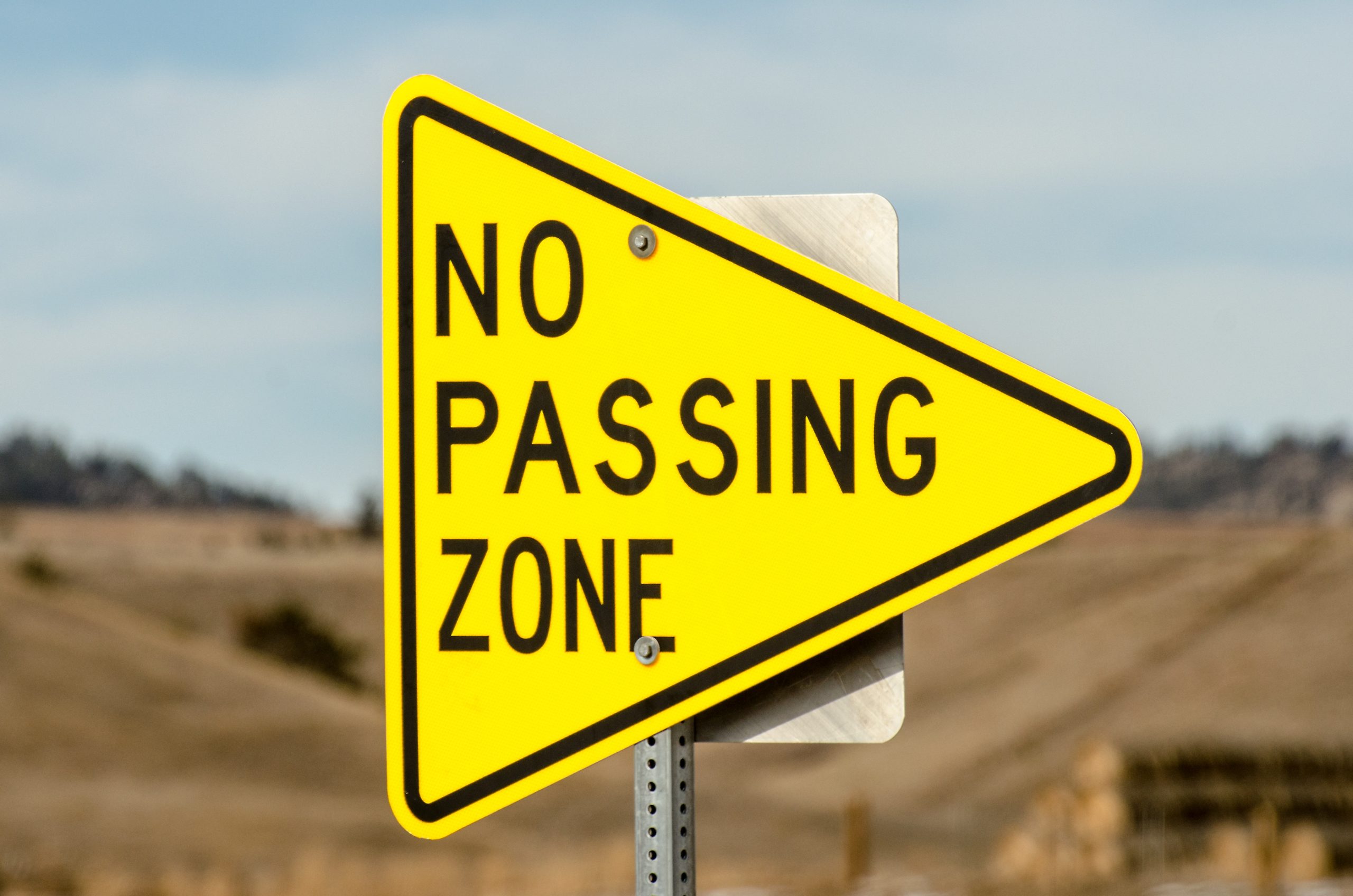 Car accidents are unfortunate but commonplace occurrences in modern life. The resulting lawsuits can involve complicated arguments over the allocation of fault between the drivers involved and the appropriate amount of damages awarded by the Court. Such questions arose in a lawsuit involving a car accident in Ouachita Parish, Louisiana.
Car accidents are unfortunate but commonplace occurrences in modern life. The resulting lawsuits can involve complicated arguments over the allocation of fault between the drivers involved and the appropriate amount of damages awarded by the Court. Such questions arose in a lawsuit involving a car accident in Ouachita Parish, Louisiana.
In November 2013, Terany Goldsby drove her niece to a U.S. Navy recruitment office on Perryville Highway 554. The highway is a two-lane road with “no passing” lane markings at the point that Goldsby pulled up behind a Louisiana Department of Transportation and Development (“DOTD”) dump truck that was stopped in her lane. The truck was being driven by David Blocker, a DOTD employee. Goldsby waited for the truck to advance, but the truck backed up, colliding with Goldsby’s vehicle. This collision crushed Goldsby’s car’s front end, injuring Goldsby.
The DOTD truck was stopped on the highway because Blocker had overshot the pothole he and two other DOTD employees were sent to patch; Blocker reversed the truck to better position it relative to the pothole. Blocker admitted that neither of the other DOTD employees presented “spotted” for Blocker before he reversed the truck, as is required by the DOTD. The police officer who responded to the accident cited Blocker as “at fault.” Blocker’s manager also reprimanded him for not following the DOTD truck reversing the policy.
Goldsby filed a lawsuit against the DOTD and Blocker. After a five-day trial, the jury allocated 95% of the fault to Blocker and the DOTD and the remaining 5% to Goldsby. The jury awarded Goldsby both general damages and medical expenses.
On appeal to Louisiana’s Second Circuit Court of Appeal, Goldsby first argued that the jury erred in allocating her 5% of the fault. The allocation of fault to Goldsby was based on her stopping too close behind the DOTD truck at a distance of only one or two feet. In the jury’s view, this contributed to the collision and Goldsby’s injuries. The Court, reluctant to disturb a trial court’s exercise of its duty to determine the allocation of fault between relevant parties through its firsthand observation of the witnesses and evidence, affirmed the trial court’s judgment of fault. See La. C.C. art. 2323.
As to Goldsby’s argument that the jury’s damages award was too low and inconsistent with the presented medical evidence, the Court noted that in personal injury cases, the plaintiff has the burden of proving causation between the alleged injury and the accident. In this case, an unrelated, subsequent collision in which Goldsby was involved, in which she was also injured, created significant uncertainty about which injuries resulted from the crash with the DOTD truck. Therefore, the Court found no grounds to reverse the trial court’s award of what the evidence showed were reasonable damages.
Another issue raised by Goldsby on appeal was that the trial court erred when it failed to provide the jury with a curative instruction after a lawyer for the DOTD alluded in his opening statement to a settlement that could have covered some of Goldsby’s medical costs. Generally, evidence of a compromise or settlement involving the plaintiff is inadmissible at trial. A trial judge must instruct jurors on the applicable law and provide instructions to reduce confusion. See La. C.C.P. art. 1792. In this case, the trial judge did not instruct the jury concerning the settlement reference, and Goldsby claimed that the Court’s failure to do so resulted in an excessively low award of damages. The Court observed that under Louisiana law, an appellate court should only overturn a jury verdict when the jury instructions, or the lack thereof, prevented the jury from dispensing justice. Here, the Court noted that the trial court took measures to address the potentially inappropriate statement by sustaining Goldsby’s counsel’s objection to it and directing the jury that lawyers’ opening statements were not evidence or factual determinations. Therefore, the Court held that there was no obligation that the trial court provide specific jury instructions related to the comment.
Although it may seem odd that Goldsby would appeal a verdict in which she was held only 5% at fault and from which she was awarded damages, it is a fair point that any allocation of fault, no matter how small, will necessarily reduce the amount of damages ultimately awarded. Anyone who has been the victim of another driver’s negligence where there is a suggestion of fault should consult with an experienced attorney to ensure maximum recovery.
Additional Sources: GOLDSBY v. BLOCKER
Additional Berniard Law Firm Articles on Allocation of Fault: Court Amends Damages, Allocation of Fault in Car Accident Appeal
 Insurance Dispute Lawyer Blog
Insurance Dispute Lawyer Blog

